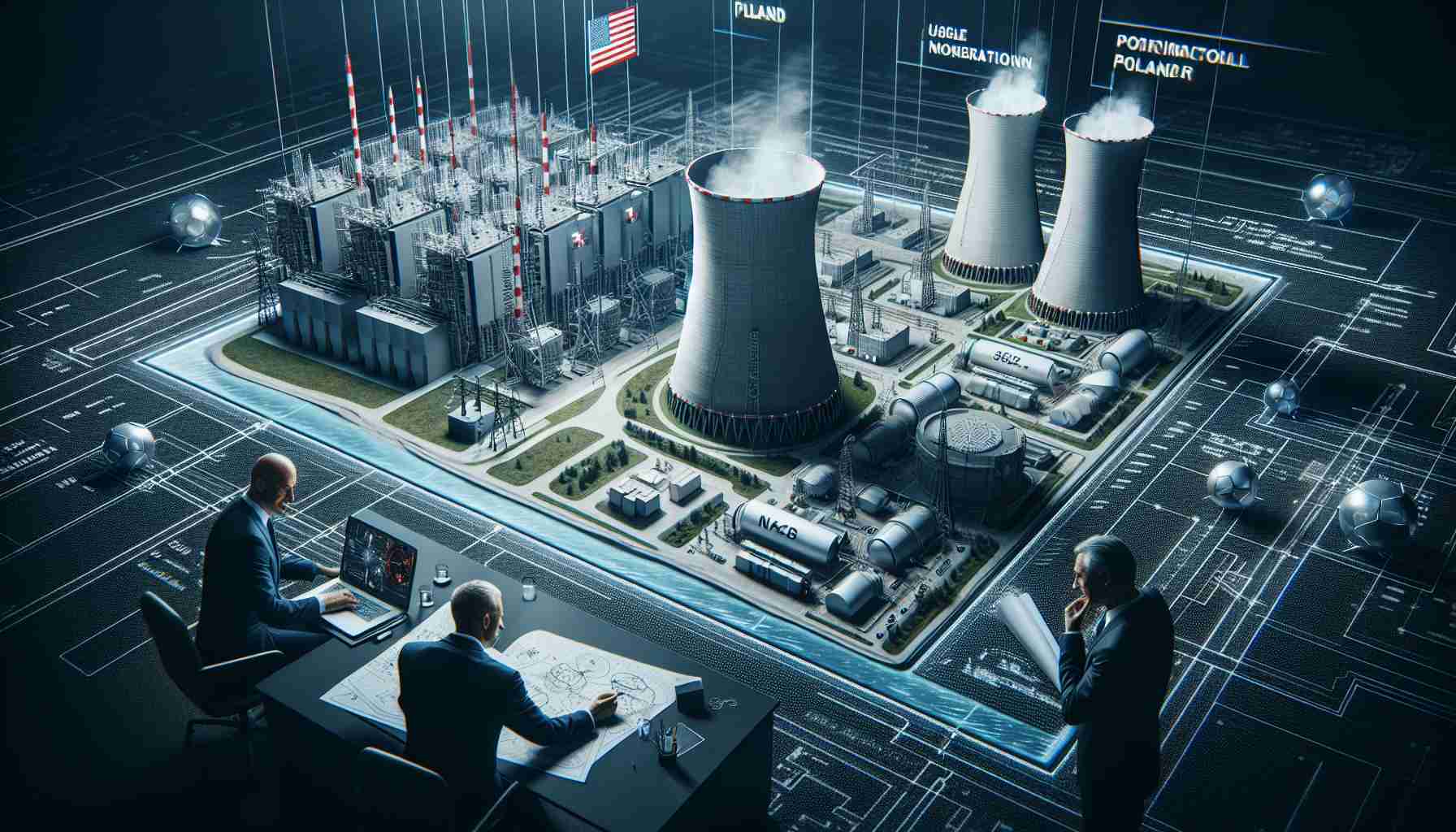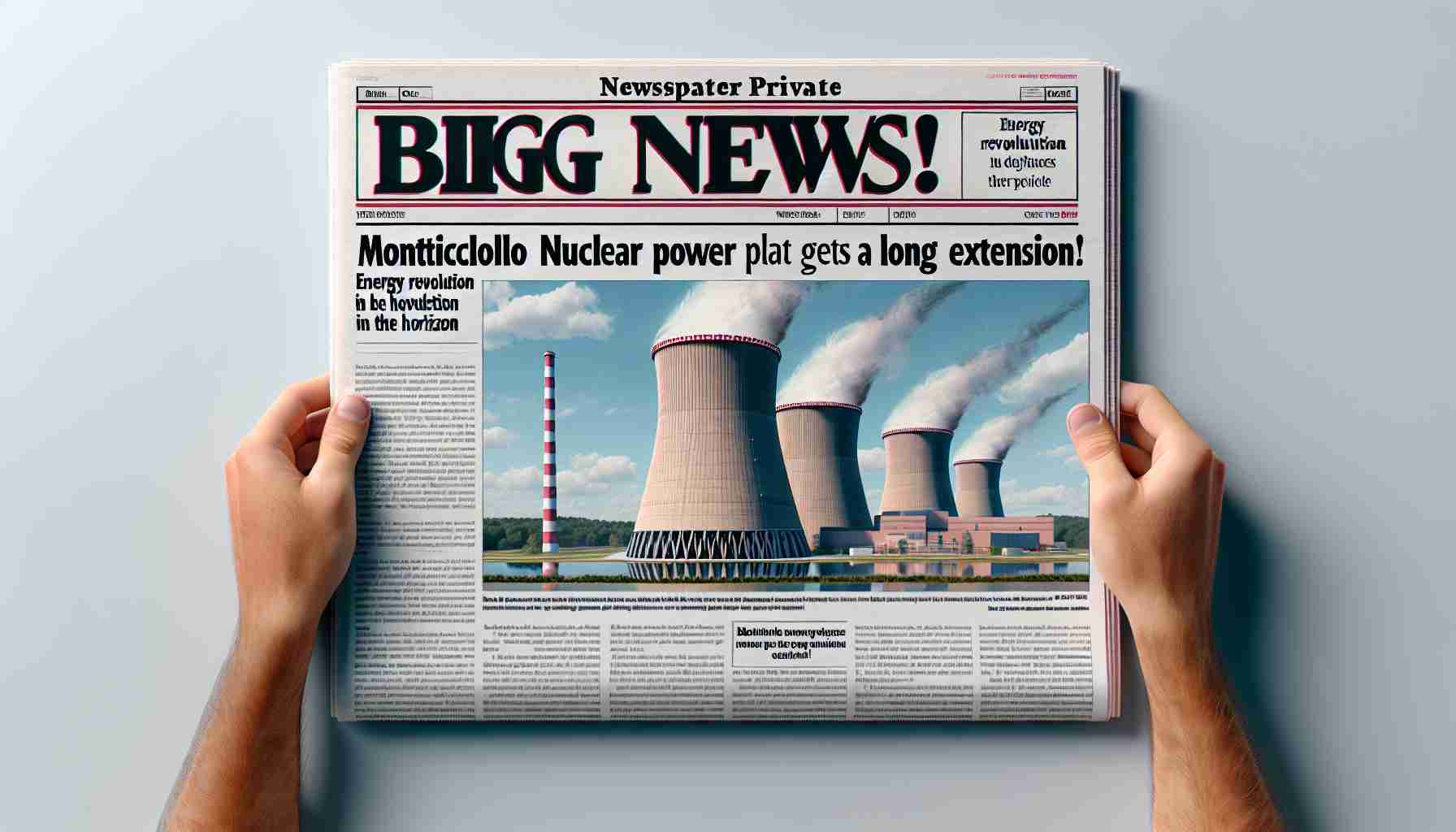The Growing Energy Demand Dilemma
The United States is grappling with an escalating energy crisis. Over recent years, a surge in electricity consumption has become a cause for concern, as the energy supply struggles to keep pace. While energy use typically varies with the seasons, the U.S. Energy Information Administration notes a steady rise in demand over the past five decades, driven by population growth and increased energy needs.
Despite a relatively stable electricity supply historically, this upward trend places the U.S. in a precarious position, making it vulnerable to potential shortages, especially during peak periods marked by extreme weather. With the electricity sector under pressure, growing worries have emerged regarding the need for reliable alternative energy solutions to prevent supply disruptions.
Nuclear Energy: An Overlooked Resource
Currently, fossil fuels dominate the U.S. energy mix, accounting for over 80% of total consumption. Yet, the potential of nuclear energy looms large, offering a promising alternative. Presently, nuclear power contributes about 9% of the energy output. To secure its energy future, the U.S. must significantly bolster its investment in nuclear technology.
While past nuclear incidents have sparked public fear, advancements in safety and technology have dramatically improved modern nuclear power facilities. Should public perception shift positively, nuclear energy could become a crucial pillar in America’s energy strategy—lessening dependence on foreign oil and enhancing national security amid a shifting global energy landscape.
America’s Energy Crisis: Nuclear Power as a Lifeline
The Growing Energy Demand Dilemma
The United States is currently facing a significant energy crisis characterized by increasing electricity consumption that surpasses the growth of energy supply. As reported by the U.S. Energy Information Administration (EIA), energy demand has consistently risen over the last five decades, largely driven by population growth, technological advancements, and a transition to more energy-dependent lifestyles. This persistent increase lays the groundwork for potential energy shortages, particularly during extreme weather conditions that drive up demand.
Rising Demand and Supply Challenges
The EIA indicates that electricity demand tends to peak during summer months due to heightened air conditioning use and during winter months for heating. Despite the U.S.’s historically stable electricity supply, the growing demand exacerbates concerns about vulnerability to shortages. A lack of sufficient infrastructure and investment in new energy production facilities complicates matters, necessitating exploration into alternative energy solutions to ensure reliability and resilience in the energy sector.
Nuclear Energy: An Underutilized Alternative
Currently, fossil fuels continue to make up over 80% of the U.S. energy mix, with nuclear energy playing a smaller role at about 9% of the total energy output. The untapped potential of nuclear power becomes critical in discussions about energy sustainability. With advancements in nuclear technology and safety measures, modern nuclear facilities provide a reliable source of low-emission energy that could help mitigate the effects of climate change and reduce dependence on fossil fuels.
Advantages of Nuclear Power
– Reliability: Nuclear energy produces a continuous supply of electricity, unlike some renewable sources that are dependent on weather conditions.
– Low Carbon Emissions: Nuclear plants produce minimal greenhouse gases in comparison to fossil fuel power plants, contributing to a reduction in carbon footprint.
– Energy Security: Increasing reliance on nuclear energy could decrease vulnerability to international oil markets and enhance national security.
The Case for Increased Investment
For the U.S. to attain energy independence and security, substantial investments in nuclear technology are essential. Innovations such as small modular reactors (SMRs) and advancements in reactor safety design represent significant strides in making nuclear energy safer and more efficient. These developments could address public concerns stemming from historical nuclear incidents.
Public Perception and Future Prospects
As public perception of nuclear energy evolves, it is possible that support for nuclear power could grow, especially if marketed effectively as a clean energy source. Lobbying efforts aimed at educating the public on the safety and reliability of modern nuclear technologies could be crucial in shaping policy and encouraging government investment.
Limitations and Controversies
Despite its potential, nuclear energy faces significant challenges. Key issues include:
– Waste Disposal: Safe and long-term management of radioactive waste remains a contentious issue, with existing solutions still in development.
– High Initial Costs: The financial burden of building new nuclear plants and the slow licensing processes can deter investment.
– Public Fear: Historical nuclear accidents have led to lasting fears that can overshadow the advancements in nuclear technology.
Conclusion
The future of energy in the United States will likely depend on a multifaceted approach that integrates renewable resources while emphasizing the importance of nuclear energy. As the nation grapples with rising energy demands and the need for sustainable solutions, investing in nuclear technology could serve as a crucial step toward energy security and environmental responsibility.
For further insights on energy trends and solutions, visit energy.gov.
The source of the article is from the blog shakirabrasil.info



